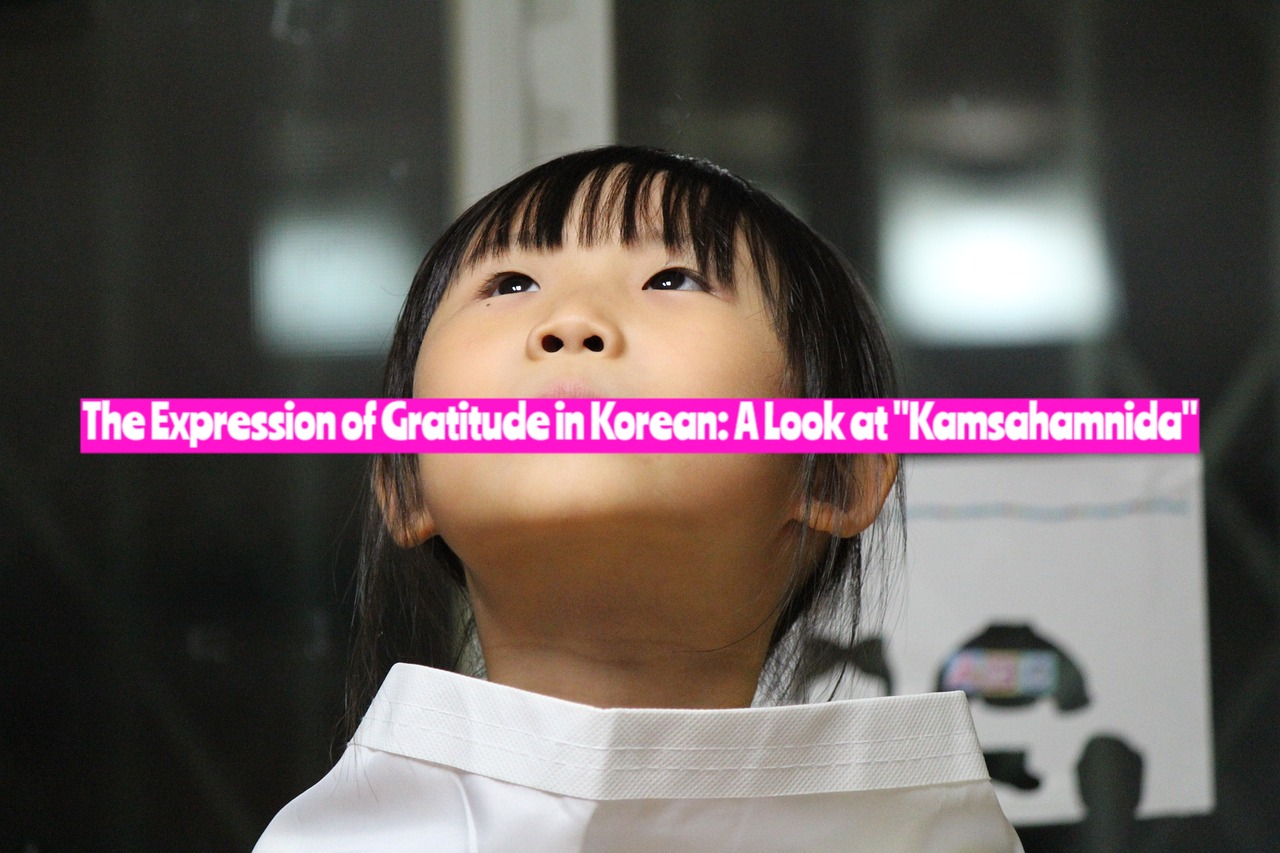There’s a certain joy in connecting with another culture, and one of the most emotionally resonant ways to do so is by understanding its expressions of gratitude. For anyone interested in Korean language and culture, “Kamsahamnida” (감사합니다) is a term you’re likely to hear often. It is the standard Korean word for ‘thank you’, but like every word in every language, it carries a context, a texture, and a cultural weight that goes beyond its direct translation. This article will delve into the meaning and significance of “Kamsahamnida”.
The Basics: What does “Kamsahamnida” mean?
The word “Kamsahamnida” finds its roots in the Korean word “gamsa,” which means ‘thanks’, and “habnida,” a formal verb ending. So, “Kamsahamnida” translates to “I give thanks” or “I am grateful.” It’s mostly used in formal situations or when the person expressing gratitude wants to show a significant amount of respect.
Delve Deeper: The Nuances of “Kamsahamnida”
In the Korean language, politeness and respect are not just cultural values but a significant part of language expression. The Korean language has varying formality levels, and the use of “Kamsahamnida” falls on the more formal side of the speech spectrum.
Expressing Gratitude Casually
It’s worth noting that there are several other ways to express gratitude, each with different degrees of politeness. For informal situations, like when thanking friends or people of similar age, you simply say “Gomawo” (고마워) or “Gomawoyeo” (고마워요).
Respect and Humility
The use of “Kamsahamnida” is more than merely expressing gratitude. It is a cultural symbol of the respect and humility inherent in Korean society. It’s often accompanied by a slight bow, another cultural habit that amplifies the respect shown towards the other person.
“Kamsahamnida” Beyond Borders
In today’s age, with the rising popularity of Korean dramas and K-pop music worldwide, “Kamsahamnida” has become quite familiar to global audiences. It serves as an example of how Hallyu (the Korean wave) is carrying Korean language and culture to every corner of the world.
Conclusion
In essence, “Kamsahamnida,” while simply meaning ‘thank you’, is a rich term that carries a deep sense of respect and gratitude towards the recipient. It reflects the inherent social hierarchy of Korean society, showing the near reverence for elders or those in higher social positions. More than a linguistic element, it is a cultural etiquette that stands testament to the respectful mindfulness prevalent in Korean society. Next time you say or hear “Kamsahamnida”, remember that it’s not just a word: it’s a beautiful cultural expression.

